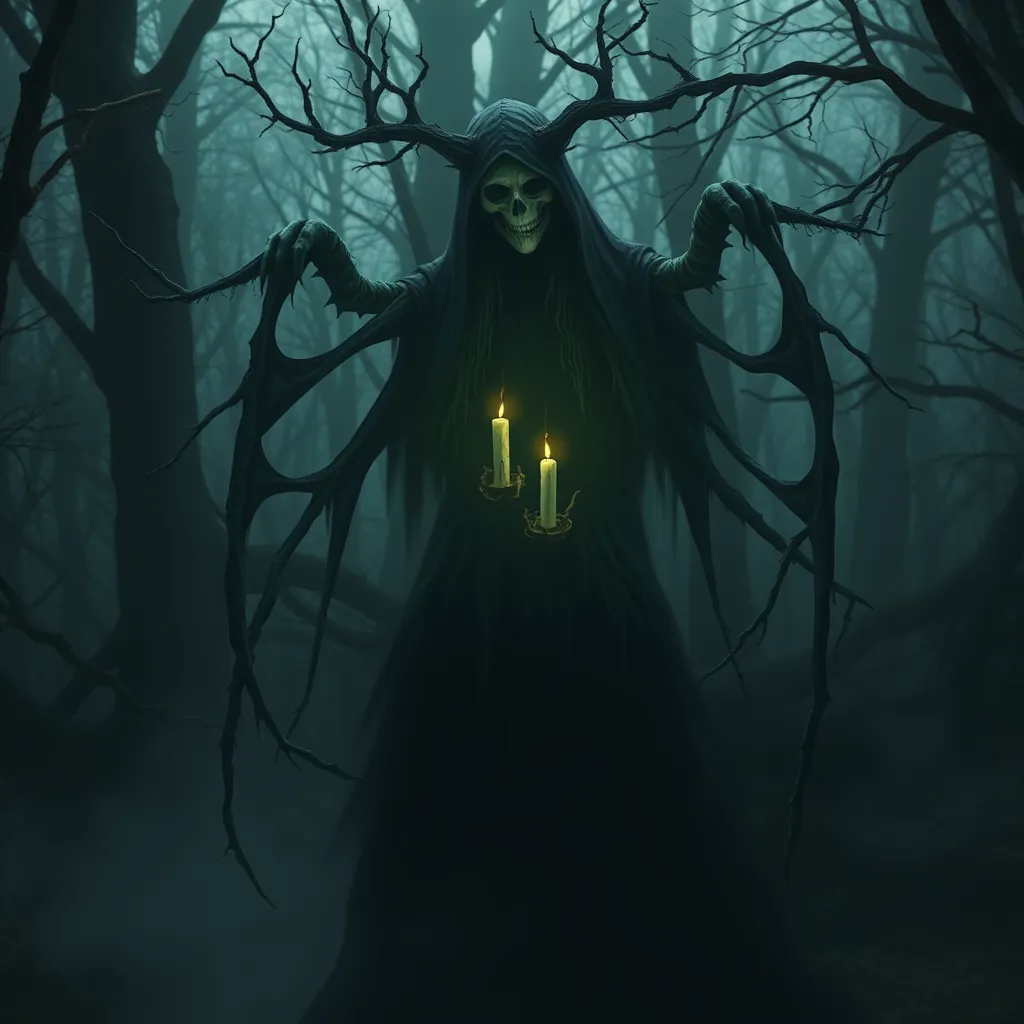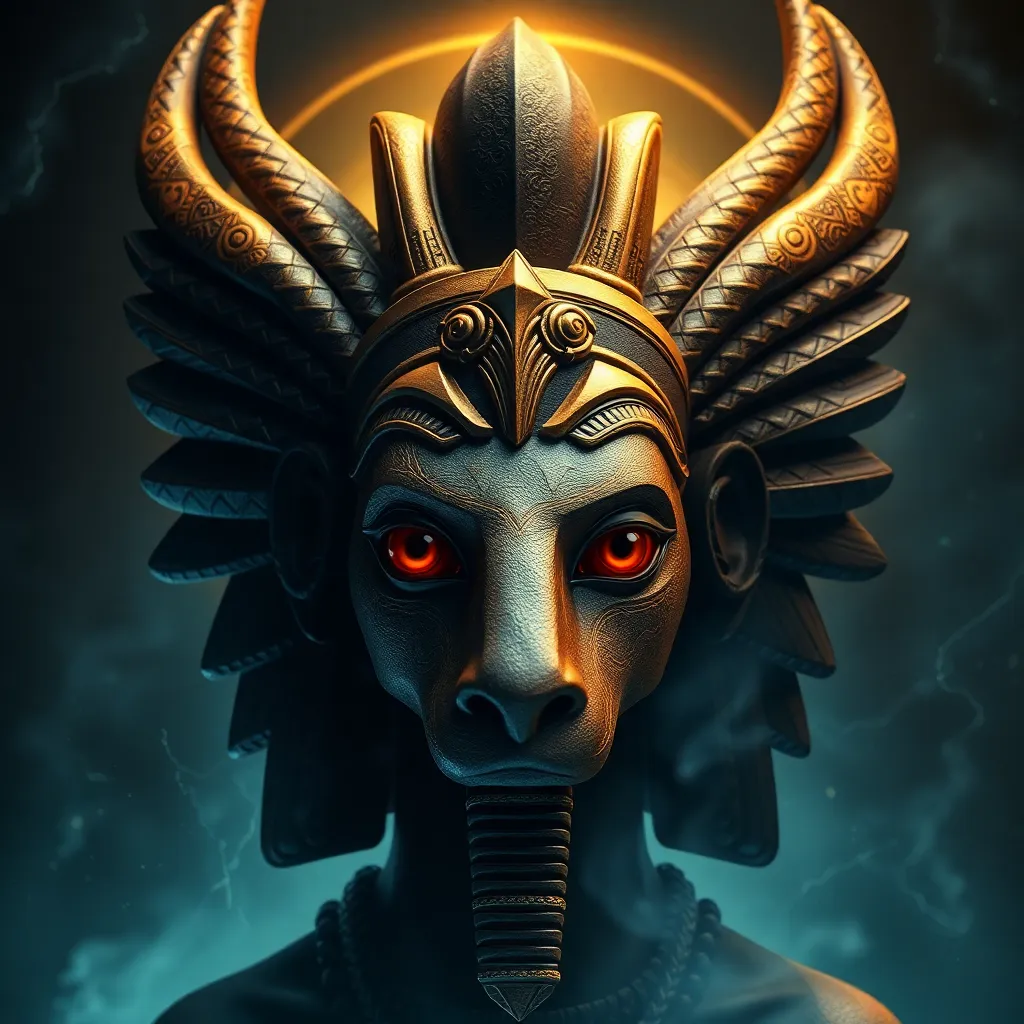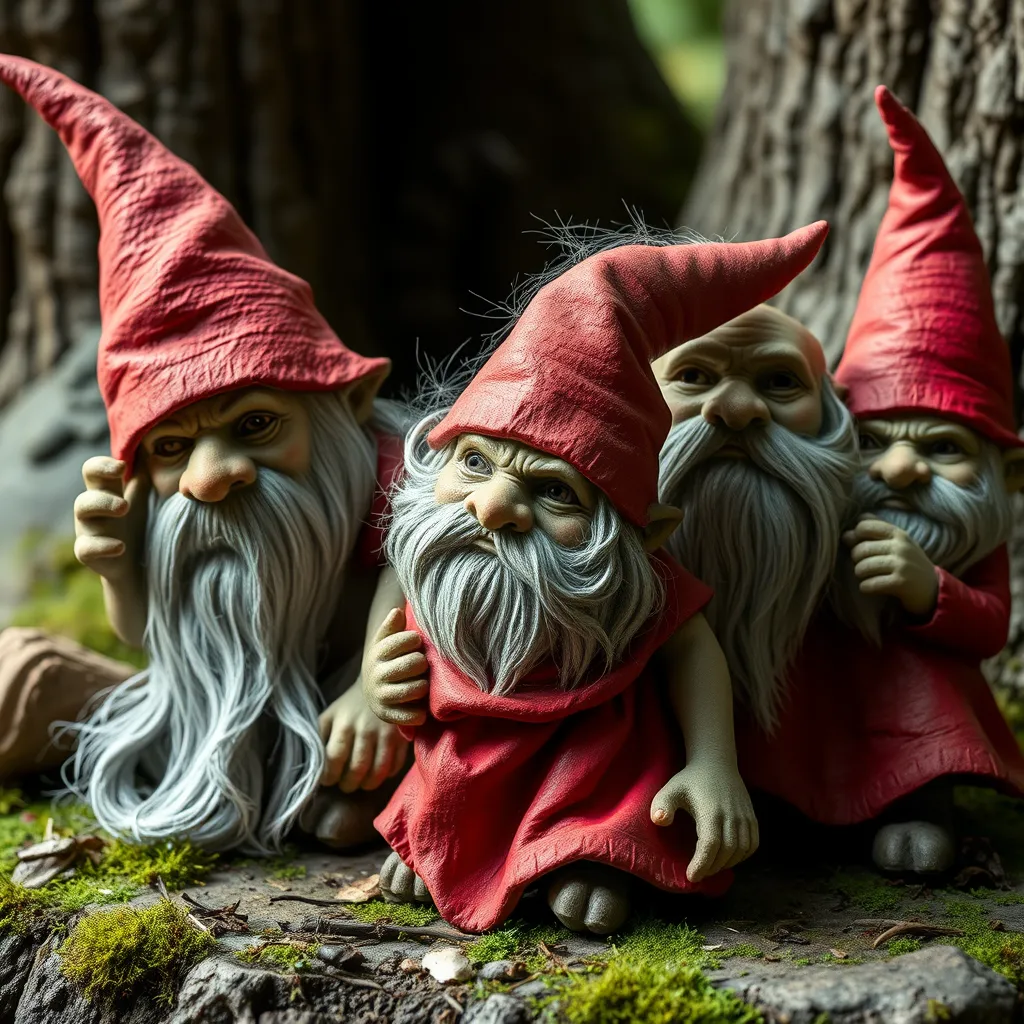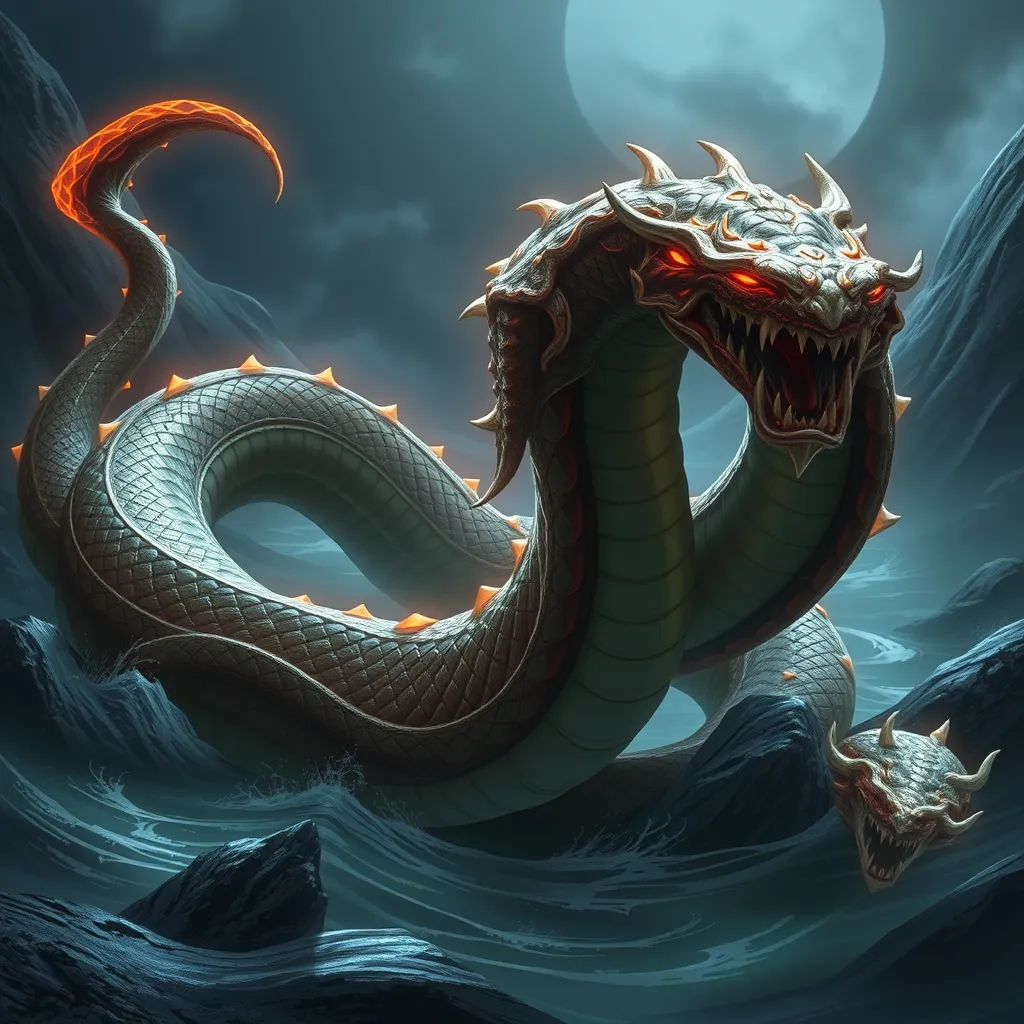The Banshee’s Role in Irish Funeral Customs and Traditions
I. Introduction
The Banshee, a spectral figure in Irish folklore, has captivated imaginations for centuries. Known for her haunting wails, the Banshee symbolizes the connection between the living and the dead, particularly in the context of Irish funerals. This article explores the Banshee’s significance in relation to death, funeral customs, and her enduring legacy within Irish culture.
II. The Mythology of the Banshee
The Banshee’s legend is steeped in rich mythology, with origins tracing back to ancient Irish traditions. Over the years, the Banshee has evolved, taking on different meanings and interpretations across various regions of Ireland.
A. Origins and evolution of the Banshee legend
The Banshee, or “Bean Sí” in Irish, translates to “woman of the fairy mound.” Her roots can be traced to the early Celtic belief in supernatural beings associated with the land and the dead. Initially thought to be a fairy, the Banshee has transformed into a figure representing death and mourning.
B. Different regional interpretations of the Banshee
Across Ireland, the Banshee is depicted differently:
- Leinster: Often described as a beautiful woman with long hair, dressed in white or grey.
- Connacht: Portrayed as a frightening hag, embodying the fear of death.
- Ulster: Believed to be a protective spirit linked to specific families.
C. Characteristics and appearance of the Banshee
The Banshee is often described as having long, flowing hair and wearing a white or grey gown. Her appearance can evoke both beauty and horror, depending on the storyteller’s intent. Common characteristics include:
- Beautiful, ethereal features
- Long, flowing hair
- A mournful expression
III. The Banshee’s Function as a Harbinger of Death
The primary role of the Banshee in Irish folklore is as a harbinger of death. Her wailing is believed to signal the impending demise of a family member.
A. The wailing and crying associated with the Banshee
The Banshee’s cry, often described as a chilling wail, is said to be a warning. This sorrowful sound can be heard at night, foretelling death and mourning.
B. The belief in the Banshee’s warning of impending death
Many Irish families hold a strong belief that hearing the Banshee’s wail indicates that someone in the family will soon pass away. This belief underscores the Banshee’s significant role in the cultural understanding of death.
C. Historical accounts of Banshee sightings and their meanings
There are numerous historical accounts of Banshee sightings, often linked to real-life deaths. These accounts serve to reinforce the Banshee’s presence in the lives of Irish families.
IV. Banshee and Family Lineage
The Banshee is often associated with specific Irish families, acting as a guardian spirit for certain lineages.
A. The connection between the Banshee and specific Irish families
Traditionally, the Banshee is believed to be linked to certain clans. Families with a Banshee are thought to be under her protection, with her wail serving as a forewarning of death.
B. The role of the Banshee as a guardian spirit
As a guardian spirit, the Banshee is seen as a protector of the family lineage, ensuring the continuity of traditions and customs associated with death and mourning.
C. How lineage affects the perception and experience of the Banshee
The perception of the Banshee varies depending on family history. For some, she is a beloved figure, while for others, her presence can evoke fear and anxiety.
V. Funeral Customs Influenced by the Banshee
The Banshee’s influence is evident in various funeral customs and traditions within Irish culture.
A. Traditional practices following a Banshee’s wail
Upon hearing the Banshee’s wail, families often engage in specific mourning practices, such as:
- Gathering the family to prepare for the death.
- Wearing mourning attire.
- Holding vigil for the deceased.
B. Rituals and ceremonies to honor the deceased
Funeral rituals often incorporate elements of Banshee lore, emphasizing the connection between the living and the dead. These may include:
- Prayers and blessings for the deceased.
- Storytelling about the deceased’s life.
- Offering food and drink as a tribute.
C. The integration of Banshee lore in modern funeral customs
Modern funerals in Ireland still reflect traditional beliefs about the Banshee, often incorporating elements of folklore into the ceremonies.
VI. The Banshee in Literature and Popular Culture
The Banshee has made her mark in literature and popular culture, influencing how she is perceived today.
A. Representation of the Banshee in Irish literature
Irish writers have long drawn inspiration from the Banshee, using her as a symbol of death and loss in their stories. Notable works often depict her as a tragic figure, lamenting the loss of life.
B. The Banshee’s portrayal in modern media and its impact on cultural perceptions
In contemporary media, the Banshee is often portrayed in a sensationalized manner, diverging from traditional beliefs. This can influence public perception, making her seem more like a myth or horror character.
C. Comparison between traditional beliefs and contemporary interpretations
While traditional beliefs emphasize the Banshee’s role as a guardian and harbinger, modern interpretations often focus on her as a figure of fear, which can overshadow her cultural significance.
VII. The Banshee’s Legacy in Contemporary Ireland
The legacy of the Banshee continues to endure in contemporary Irish society, reflecting the importance of her role in cultural identity.
A. Ongoing relevance of Banshee stories in Irish society
Banshee stories are still shared among families, serving as a means of connecting with heritage and traditions. They play a vital role in preserving cultural narratives.
B. How modern funerals still reflect traditional beliefs about the Banshee
Despite the passage of time, many modern funerals in Ireland still incorporate elements of Banshee lore, demonstrating the lasting impact of these traditions.
C. The Banshee as a symbol of cultural identity and heritage
The Banshee serves as a powerful symbol of Irish cultural identity, embodying the connection between life, death, and family lineage.
VIII. Conclusion
In summary, the Banshee’s influence on Irish funeral customs is profound, reflecting a deep-seated belief in her role as a harbinger of death and a guardian spirit. The preservation of Banshee folklore in contemporary practices highlights the importance of maintaining cultural heritage. Ultimately, the Banshee remains an enduring figure in Irish culture, symbolizing the intricate relationship between the living and the dead.



